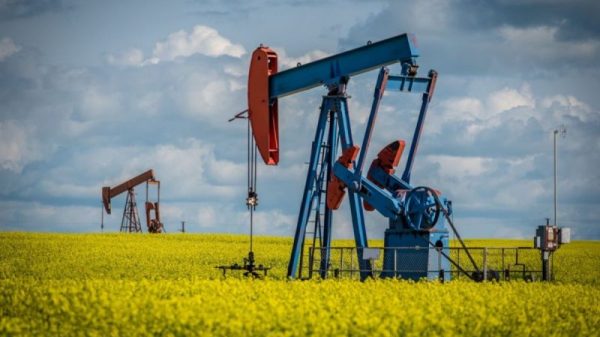Our country appears to be on a pathway to completely replace gas-fired cars with electric cars. “President Biden has set a goal of bringing the nation’s emissions down to net zero by 2050,” write Brad Plumer, Nadja Popovich and Blacki Migliozzi in the New York Times, citing his executive order of January 27, 2021. “Doing so would likely require replacing virtually all gasoline-powered cars and trucks with cleaner electric vehicles charged largely by low-carbon power sources such as solar, wind or nuclear plants.”
The federal government is supplying billions of dollars in subsidies for production and consumption of EVs, nudging automakers to switch to producing EVs, and tightly regulating the fossil fuel industry. The government envisions the EV industry moving from a niche industry to a nationwide industry, obliterating the old one composed of gas-powered automobiles.
Is this for real? Is there an example of an industry that has been created or fostered by government edicts, as this industry supposedly will be? The answer is yes. And the news isn’t good.
Of course, the US government has been involved in many industries, but those industries mostly grew organically on their own.
Take Railroads: After the Civil War, Congress gave western railroads subsidies in the form of free land — millions of acres — plus construction loans, but the gifts turned out to be a giant boondoggle: the receiving railroads minimized their construction costs while maximizing the loans and pocketing the money in between. The genesis of the railroad business — in the 1840s and 1850s — was far different. In his book The Visible Hand, Alfred Chandler, Jr., calls the railroads the “first modern business enterprises.” And he rarely mentions the government.
Or the Internet. Yes, the system started with efforts by the Defense Department to electronically link several geographically separate sites and, later, universities as well. But just glance at the Wikipedia entry for the History of the Internet — its history goes back to computer time-sharing in 1959, and it is full of difficult technological problems solved by many people.
Did anyone initially expect the “Arpanet” to become what it is today? The invention of the World Wide Web by Tim Berners-Lee, and the decision to allow public access and commercial use, made possible the internet as we know it. And it’s still evolving.
But there is an industry that might never have appeared without government support: nuclear power. The industry got its start in the 1950s when the Atomic Energy Commission (AEC) was charged with spurring private use of atomic power for energy.
How did that go? Some key books about nuclear power will give you an idea. Peter Stoler wrote (all the way back in 1985), Decline and Fail: The Ailing Nuclear Power Industry, that “the simple fact is that the nuclear industry is dying.”
In Collapse of an Industry: Nuclear Power and the Contradictions of US Policy, John L. Campbell points out that one of the contradictions evident in America’s nuclear development was that the Atomic Energy Commission was expected to nurture a successful private industry, while also overseeing public safety. It did the former more faithfully than the latter.
Equally important, electric utilities had to be “incentivized” to go nuclear. They were at first reluctant to build plants using this new and dangerous technology, so Congress gave them a big push: the Price-Anderson Act of 1957. The act required a utility with a nuclear plant to get as much insurance it could — $60 million at the time — and for additional damages the AEC and the utilities would create an indemnity fund of $500 million. But the kicker: if a nuclear-plant accident occurred and the cost was more than $560 million, the utility would have no liability at all. And this was a time when estimates of possible damage were in the billions.
The law had its intended effect—a rush to build nuclear plants.
But soon, rising costs, long delays, and public fears about safety — culminating in the scary incident at Three Mile Island in 1979 — changed the landscape. Planned reactors were canceled, decommissioned, or failed to get permits — often after enormous sums had been paid. Debts mounted. In 1984 the Washington (State) Public Power Supply System, which had intended to build five nuclear plants, defaulted on $2.25 billion in bonds — the largest municipal bond default in US history.
Of course, some of the problems were outside the control of the utilities or the government. The inflation of the 1970s and the unexpected decline in the growth rate of demand for electricity coincided with a growing environmental movement, anxious about toxicity and radiation. As one author wrote about the Washington default, it was a case of “bad judgment, bad management, and bad luck.”
Our future with electric vehicles will have some unexpected bumps in the road, too. We see some already — problems getting critical materials, attracting consumers, building a national charging network. But at least we know the federal government will be with us.
































